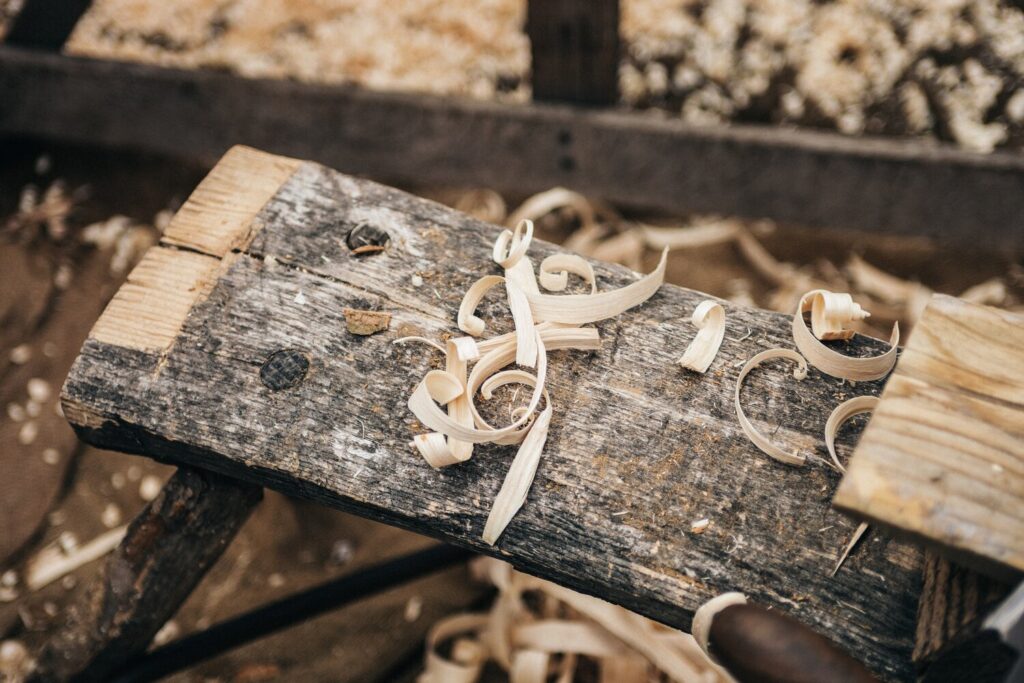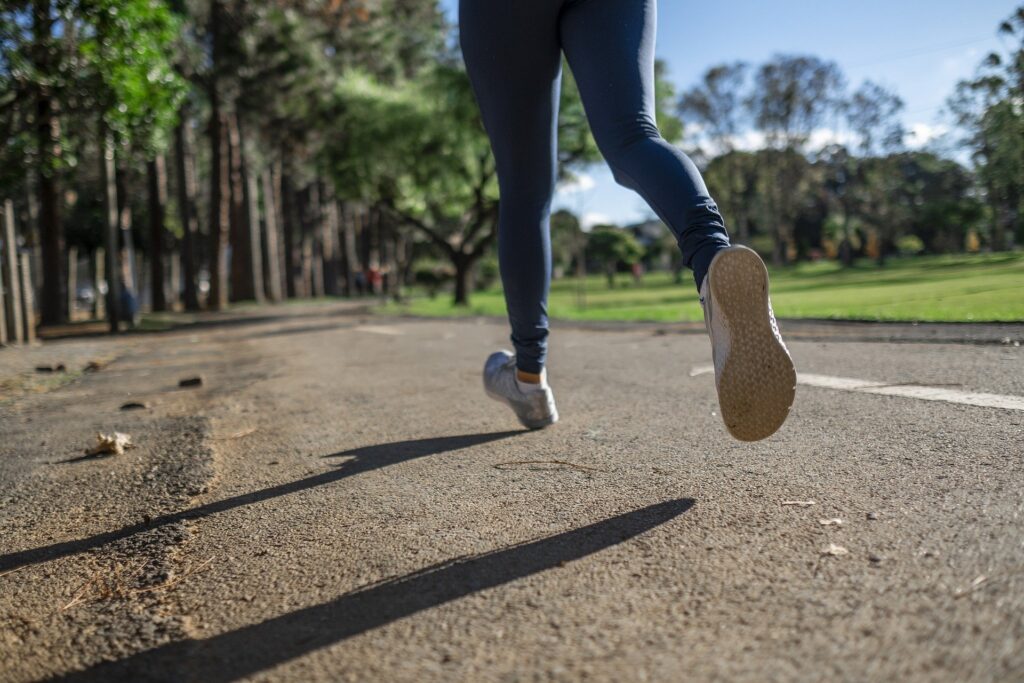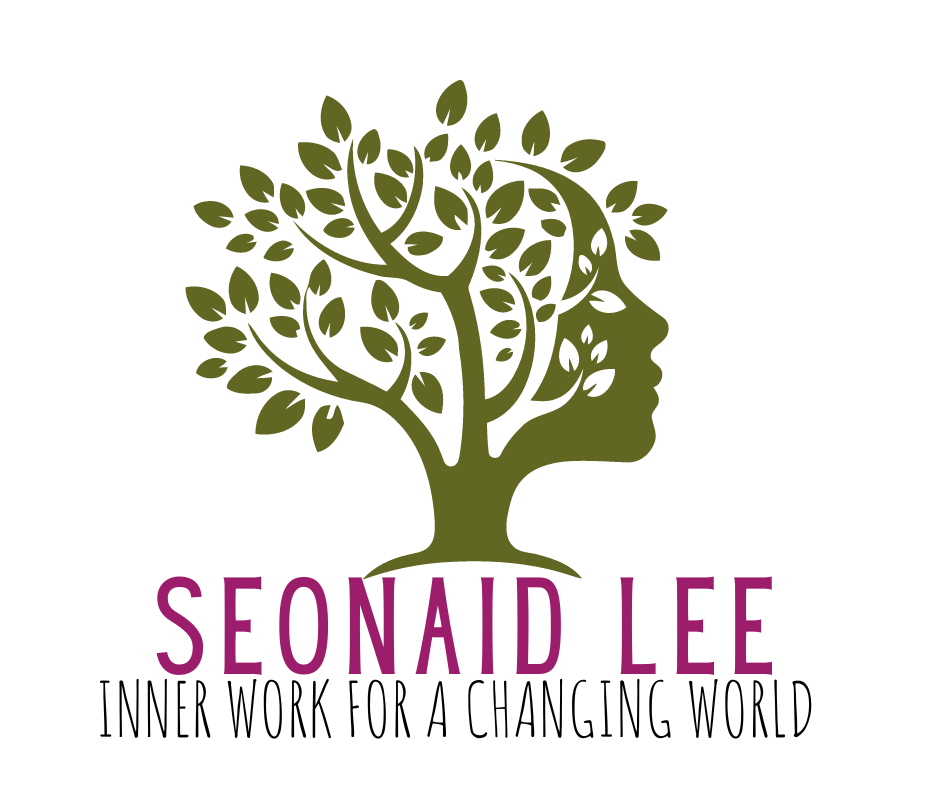In an “Ask me Anything” moment recently, a friend asked me, “How hard is what you do?”
“Hm,” I thought. “I wonder which part of ‘what I do’ we’re talking about here.”
I decided to go with “Staying centred and optimistic in the face of… Everything.”
Well… it was hard to learn.
Actually, that’s not quite true. The hard part was not the learning, but the unlearning.
I can tell you the details of an enormous number of constructions of reality. I went to school for about a zillion years.
That’s learning, on one level. But it’s learning in the brain. It’s like being able to tell a story without it having any emotional impact.
The hard part was incorporating it, that is, bringing it out of my brain and into my body.
This is the learning I want to help people with; it is a process of embodying a different set of stories about the world.
Unlearning is a process of disentangling our body’s habitual responses from their triggers. This is not just what we think; it’s the spontaneous flood of chemicals that underlies the blush of embarrassment, the flash of rage, the collapse of despair, the surge of desire and the buckling of knees from That Look…
It’s also, and more importantly from a political stance, the critical theory that tells us that our own location in the world is contingent and largely a matter of happenstance, and that our thoughts about it (especially the ones that defend it) are socially conditioned.
The first part of learning is accepting that the response could be different; “Everybody” would not do “This” under these circumstances (whatever “this” was.) An alternative exists, now I need to learn how to do it. I need to bring it out of the realm of thought (words in my head) and into the realm of belief (reactions in my body.)
Know that, know how…
It turns out that emotional integration has a lot in common with woodworking.

It proceeds in stages, this process of descent from the mind to the body.
I learn a new idea, and puzzle it.
New ideas are tactile to me… I ruminate on them, feel them out, gather them and put them into conversation with their companions inside my mind. There is a process of contemplation, of having a new concept to describe a familiar experience… and I hold more than one thing to be “possibly true,” sometimes for years.
And then, sometimes, an, “Oh! I see.” (Although truth be told what this really means is, “Oh, I feel!”)
I remember the first time on the yoga mat that I realized the parallels, when I understood that how I do anything is how I do everything. (Let us hold this idea loosely; it is only partially true.)
I had a “bad” practice, which is to say I couldn’t bend myself into my usual pretzel form. I was so mad at my body. “This is usually easy. Are you kidding me? My toes are right there!” And I stopped in the middle of the self-talk and realized the truth of “Aparigraha” – or non-grasping. I was fighting the world as it was, wishing for it to be other, and berating myself for my inability to bend reality (and my right hip.)
Then it slipped away, as insights are often wont to do.
The thought was still there. I could remember it, and I would catch myself doing the same thing, sometimes even quickly. But it can be a long process from “knowing you are making a mistake,” to “not making it.”

For a concrete example that has nothing to do with The World Situation, let me refer to something I am still learning (and may always be learning): How to run long distances.
I am a terrible runner. My heart rate spikes into the 180s when I’m still going so slowly that I protest, “But both my feet left the ground!” I have gone through C25K up to week 7 twice this year before going back to shorter intervals so that I wouldn’t barf. I once took over a year to get through a 13-week “Learn to run” program and I still took 88 minutes to run 10k. (Technically running! Both my feet left the ground!)
What’s hard about this isn’t really the running, although that’s pretty unpleasant. It’s the mind space, not the physical activity, that is the really challenging part.
But more than that, it’s the process.
It’s an ongoing question: Is this honouring my commitment to listen to my body?
To find the answer, I “go inside.” Past the whiny, “I don wanna, it’s cold, it’s raining, I’m hungry, why don’t we just watch something funny.” Also past the judgemental voices, “You never finish anything, you suck at this, you’re lazy, you should take better care of yourself, nobody is going to want to…“ whatever. (Notice there’s a lot of “Yous” in there? That’s a clue.)
Past the voices, really.
I ask, “Does this feel right? Is it aligned?” And then I feel for the answer.

Yes.
It’s not striving. I’m not trying to prove something. I am exercising discipline, not punishment. So I keep going.
So, is it hard?
It’s hard to teach. I’ve said that teaching meditation is kind of like teaching swimming, only your back is turned to the pool, you’re blindfolded, and you don’t know whether they are actually in the water or not.
It’s not quite that bad, because… you know. We have words. But so much of it is, “Have you tried…”
I said to one of my meditation teachers, “Here we are, all trying to get to enlightenment, but none of us really sure what it looks like.” Or as Ram Dass put it much more poetically, “We’re all just walking one another home.”
After these decades of working with education and spirituality side by side, I’ve come to the conclusion that a lot of the spiritual practices are for this challenge exactly… unlearning the conditioning, incorporating deep wisdom, and reclaiming our own ability to connect with a deeper thrum of reality under the surface of things.
Oh, but it’s a practice. It’s not a list of rules. You can’t check them off. There’s no looking over to see whether the other person is doing it right.
You can ask for a spot, or you can offer one, but eventually you need to lace up your shoes, get on your mat, kiss the girl, ask for the raise, tell the truth, make the move, put on your big girl panties, write the blog post, open the course, and accept the outcome.
Yeah. It’s kinda hard.
But it’s a lot easier than not doing it was.

